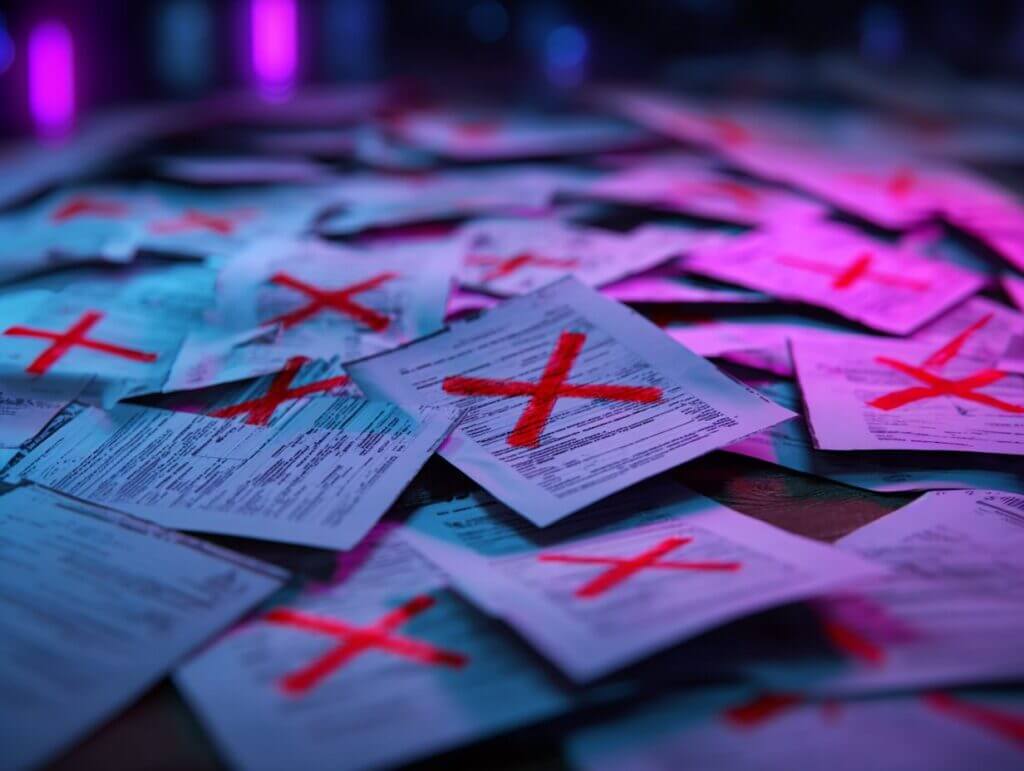How Long Does A Compliance Investigation Take?
A strong compliance culture helps businesses protect their employees, treat customers fairly, keep the shareholders satisfied, and become an invaluable asset for society.
When a report of misconduct comes knocking at your company’s door, the compliance department must spring to action, put on their compliance gear, dig out all the details, and finally march towards a fair and unbiased conclusion.
Every investigation walks on a unique timeline and requires a series of steps that align with the investigation’s equally unique nature.
A compliance investigation can take anywhere between a few days to several months. Complex investigations that involve several departments and multiple allegations often take longer to resolve an issue. For example, the investigator would need the help of the company’s IT department to gain access to evidence that is recorded in an employee’s work computer or phone.
But how exactly does a compliance investigation unfold?
The most common steps include taking immediate action, determining who should interview and who should make the decision, creating written reports, believing the complainant while respecting the rights of the accused, maintaining the utmost confidentiality, and crafting a solid summary of the investigation.
Immediate Action
Taking the necessary action immediately is often the first step toward an effective compliance investigation. Once a complaint of misconduct washes on the company’s shore, there are several steps a compliance officer must take to protect the complainant. For instance, you may need to adjust work schedules, separate the employees involved, or even temporarily suspend the accused and the complainant until the investigation reaches its conclusion. Sexual harassment or other forms of harassment, on the other hand, often demand swift yet highly confidential handling.
Determine Who Should Be Involved in the Investigation
As with any investigation, you’ll need to appoint an investigator to carry out the entire process. For this, you can either oscillate toward an external investigator or appoint an internal team member in the department. Regardless of whom you choose, it is important to ensure they are not associated with the accused or the complainant. Any decision that the investigator takes must be unbiased and fair, and must establish the facts of “what really happened.”
Remember, the person who investigates and the person who takes disciplinary decisions are two separate people. Once the investigation is up and running, make sure you appoint the decision-maker. This, again, can be a legal counsel or someone from the compliance department.
Answer the “WH” Questions
The good old “WH questions” mantra is the perfect tool to extract most of the information to carry out the investigation.
You can ask the complainant to furnish you with a written statement that answers the: who, what, when, where, why, and how questions. This statement must also list the witnesses and other details that may prove valuable for the investigation. Aside from the WH questions, it is also important to design interview questions that are unique to the nature of the misconduct. Interview question models such as the PEACE model, the REID technique, and Cognitive interviewing offer comprehensive roadmaps to get to the truth.
Gather All the Tangible Pieces of Evidence
Tangible evidence is critical to lead your investigation in the right direction. This could include bits and pieces of information in the form of pictures, sign-in sheets, text messages, voice mail messages, work assignment logs, write-ups, and more.
Other information available in the workplace such as time records, security footage, and badge swipes must also be included in the evidence.
Respect Both Sides
Running a compliance investigation is certainly not an easy process. Here, you simply cannot take sides. The catch-22 situation of believing the victim (complainant) while respecting the rights of the accused demands a careful approach. Let’s look at how you can manage both:
When meeting the complainant, it’s important to:
- Thank them for reporting the misconduct and for trusting the process.
- Let them know they’re well within their rights to make a complaint.
- Let them know you hear and believe what they’re saying.
- Encourage them to put forth any other instances of misconduct.
- Assure them that your company will not tolerate any kind of retaliation.
When meeting the accused, it’s important to:
- Let them know any kind of retaliation will not be tolerated.
- Make sure they feel comfortable and heard.
Ensure Maximum Confidentiality
When a compliance investigation fails to maintain confidentiality, the impact can seep into and contaminate the entire workplace. A lack of confidentiality can also jeopardize an individual’s career, permanently stain their credibility, damage their mental health and well-being, or even spiral into a defamation case.
Often, Individuals involved in a workplace investigation want to be reassured that whatever they mention in their interview remains fully confidential. They don’t want their statements publicized.
This is why it is vital to instruct everyone involved to not disclose any details (however big or small) to anyone both within and outside the workplace.
What About the Witnesses?
Sure, witnesses of the misconduct might not have as much say as the complainant and the accused. They can, however, spread a mountain of rumors and gossip. When these uncertainties surround the investigation, the outcome can negatively impact the workplace.
To avoid such a scenario from unfolding, it is important to follow up with the witnesses as well. You can thank them for their participation and let them know the problem has been solved.
If necessary, you can even lift the curtain a little bit on what happened (but only after checking with your legal counsel). The best approach is to acknowledge the types of issues that were raised during the investigation and educate them on how such issues impact the workplace.
Craft a Solid Investigation Summary
Recording every detail – right from written statements to interview notes and everything in between – throughout the investigation is critical to reaching the right conclusion.
But once the result arrives, it’s case closed, right?
The answer, unfortunately, is no. Any investigation could march toward legal action. The investigator must prepare a final report that includes each step the organization had taken during the investigation. A detailed investigation summary can serve as a roadmap to help a government agency or jury travel through the process from point A to point Z.
Over to You
A compliance investigation might not be the easiest process to carry out for your bank. But with the right support, you can ensure you arrive at the right decision swiftly and fairly. At Ethico, the perfect balance of the human mind and technology can help you not only run effective compliance investigations but also create an unshakable culture of compliance.





































